Exogenous/indigenous
The Ambassador's ruggedness ensures popularity with taxi operators,
The Ashok Leyland bus offers similar endurance.
As with many newer producers, Indian motorcycle manufacture began with an imported model. The Royal Enfield factory producing the Bullet, a direct descendant of a 1931 product from the Royal Enfield Factory at Redditch, England.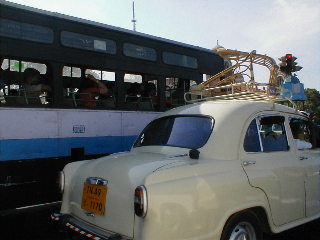
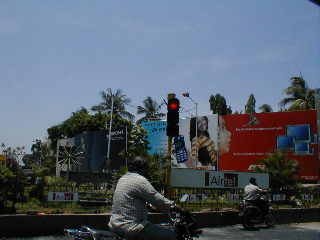
The Indian operation was established in 1954 to meet the demand of the Indian Army for the 350cc version released in 1949. It has outlived its British counterpart by 43 years and has captured a loyal following of traditionalists around the world.
As with the Ambassador, the Royal Enfield products deliver a robust product with a widespread support infrastructure away from major urban centres. Incremental improvements have extended product life span within a traditional format.
In contrast, TVS began manufacture in partnership with Suzuki Motors in the early 1980s, switching to indigenous products by April 2002. They gained a Technology Development Board award in 1998 for the use of indigenous innovations in their Victor model.
The company has also been awarded the Deming Prize initiated by the Union of Japanese Scientists and Engineers, one of few organizations outside Japan to receive it.
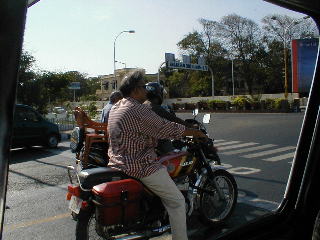
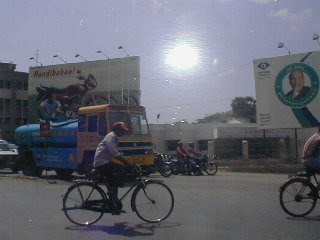
Human power, petrol aspirations?
The bicycle continues to contribute to mobility and constitutes a significant industry in its own right.
The electric bike is seen as an alternative to the ubiquitous small two-stroke scooter or motorbike
Powerful drive:
A clear upgrade path is offered from bicycle via moped to powerful motorbike.
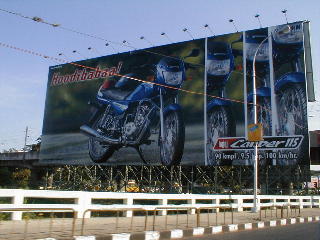

Gender dimension:
Scooters are popular with women riders, providing significant gains in mobility.
Moving up:
The small hatch back car is the step beyond two wheels for the private user. East Asian manufactures are well established in the import market, and Suzuki has a joint venture plant with Maruti.
The Hyundai Motor Company began production at a $614 million integrated manufacturing plant in Irrungattukottai near Chennai in May 1998.
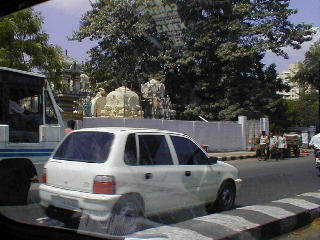

The three-wheeler also delivers a key element of road-based public transport - the auto rickshaw taxi - here waiting for customers at a city centre shopping mall.
The small two-stroke engines are polluting, but a compressed natural gas (CNG) version is now offered by AM Industries, the major supplier of two and three-wheeled transport.
India is now the second largest small car (sub-compact/mini) market after Japan and this is becoming the base for the export of both domestic designs and locally built foreign models.
Business World India assesses the prospects for this development
